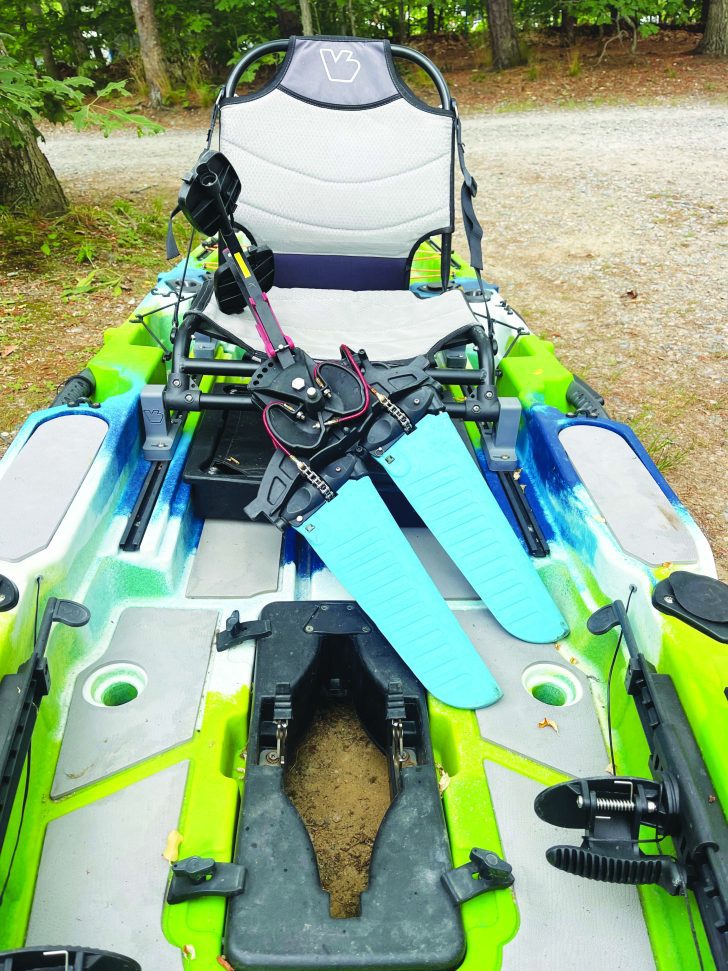By: Dan Carns

Before your next outing take the time to retighten all the screws on the entire craft. Do not use a screw gun to tighten them as they can strip out easily. Hand tighten till snug and if you suspect water is by-passing the screws back them completely out and add a little silicone to the hole. This will additionally help the screw from backing out in the future. Speaking of maintenance, especially if you are kayaking in salt water make sure to hose your kayak down with freshwater. Take care to flush any bungees or nylon seats and mounting brackets. Flush all the metal parts in particular.
The drive systems in these new kayaks have a bunch of moving parts that are cable or chain driven and absolutely need tightening and care. If you spend a lot of time on the water, consider how many times you drive your paddles back. Also think about how hard you are driving the foot pedals and the wear and tear this is contributing to the cables. I carry spare drive and chain cables in my storage area as I can sometimes be many miles from the launch and if my drive system fails it could be tough making it back to shore. Spend some time getting familiar with just how the drive cables and chains work so that your prepared to work on them either in the water or on an unfamiliar shoreline. Tighten all the set screws as well as any hex bolts. Check for chain wear or individual cable strand separation.
If you have additionally added mounting brackets, ensure that they are also tightened. Don’t forget that the rials for these add-ons also get loose and need to be tighten often, especially camera boom tracks.
Now that you’ve spent some time tightening all these connections, I would recommend that you make up a small tool kit with the various size nut drivers, box wrench, Allen wrench (depending on whether they are Standard or metric), and any Philips tip screw drivers. Keep these in an absolutely waterproof bag or box and if they get wet do not put them back in until they are totally dry.
With a little care, familiarity, and maintenance you can be confidant that your next kayaking trip will be trouble free!
It’s A Wild World-Get Out There!
@paddlinandfishin
Dan Carns
